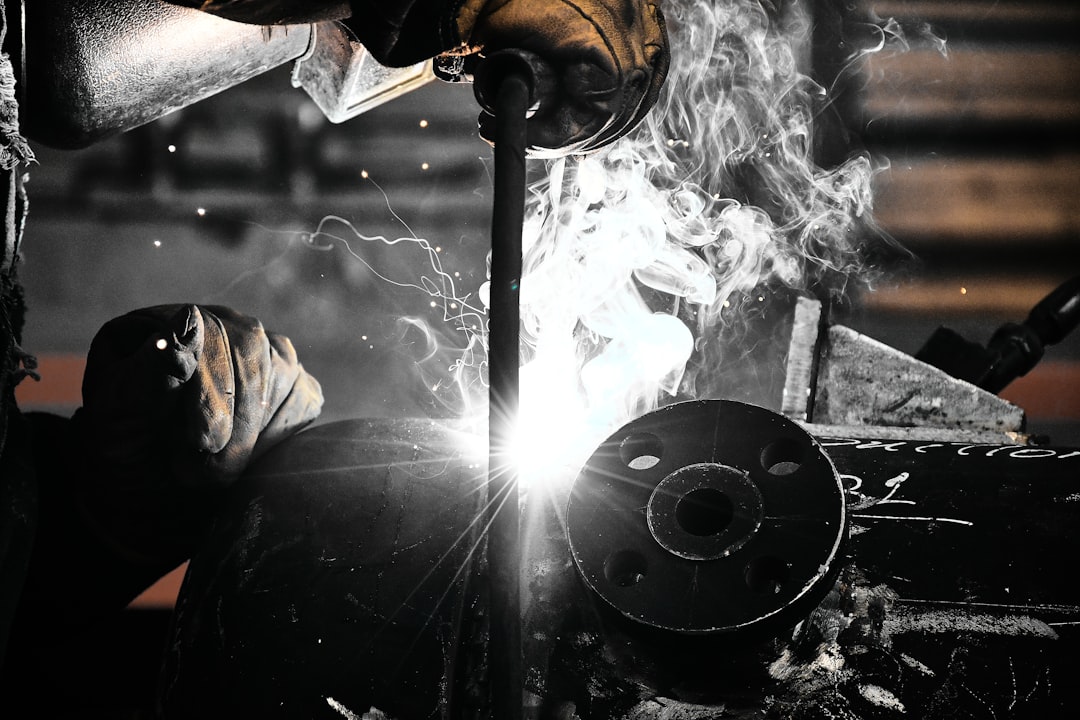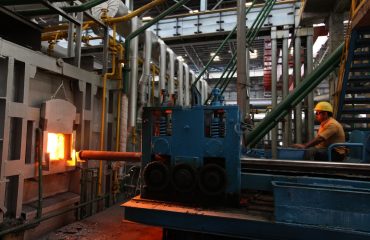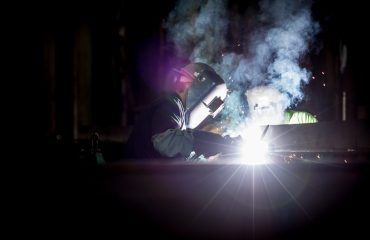In a world obsessed with disposability, the design of long-life steel products stands as a testament to enduring quality and sustainable practices. Creating steel products destined for decades, even centuries, of service requires a meticulous approach, encompassing material science, manufacturing expertise, and a deep understanding of environmental factors. This post delves into the key considerations for designing steel products that transcend fleeting trends and stand the test of time.
1. Material Selection: The Foundation of Durability
The journey towards a long-lasting steel product begins with the careful selection of the base material. Not all steel is created equal. Factors such as the specific grade of steel (e.g., high-strength low-alloy steel, stainless steel, weathering steel), its chemical composition, and its mechanical properties directly impact the product’s lifespan. High-strength low-alloy (HSLA) steels, for instance, offer excellent strength-to-weight ratios, making them ideal for applications where weight reduction is crucial without sacrificing durability. Stainless steels, known for their corrosion resistance, are perfect for environments exposed to harsh weather conditions or aggressive chemicals. Weathering steel, also known as corten steel, develops a protective patina that minimizes corrosion over time, reducing maintenance requirements. The choice of steel grade should always align with the intended application and the anticipated environmental stresses.
2. Corrosion Protection: Shielding Against the Elements
Even the most robust steel grades are susceptible to corrosion, a significant factor limiting a product’s lifespan. Implementing effective corrosion protection strategies is paramount. This can involve various techniques, including: coating the steel with protective layers like paint, galvanizing (applying a zinc coating), powder coating, or employing more advanced methods such as hot-dip aluminizing. The choice of protective coating depends on factors like the severity of the environment, the aesthetic requirements, and the cost-effectiveness of the chosen method. Proper surface preparation before applying any coating is crucial to ensure optimal adhesion and longevity. Regular inspection and maintenance of the protective layer are also essential to prevent corrosion.
3. Design for Manufacturing (DFM): Optimizing Production for Durability
Design for Manufacturing (DFM) is a critical aspect of creating long-lasting steel products. The design must be optimized for the chosen manufacturing process to minimize defects and ensure structural integrity. For example, using robust welding techniques, such as robotic welding or advanced laser welding, can significantly enhance the strength and durability of welded joints. Careful consideration must also be given to the design’s tolerance levels, ensuring that components fit together precisely to avoid stress concentrations. Furthermore, DFM principles can reduce material waste and improve production efficiency, leading to cost savings and a more sustainable manufacturing process.
4. Finite Element Analysis (FEA): Predicting and Preventing Failure
Finite Element Analysis (FEA) is a powerful computational tool used to simulate the behavior of a steel product under various loading conditions. By employing FEA, designers can predict potential stress points, identify areas prone to fatigue failure, and optimize the design to enhance its durability. FEA allows for virtual testing of the product under various scenarios, including extreme loads and environmental conditions, minimizing the need for expensive and time-consuming physical prototypes. This predictive capability is invaluable in ensuring the product meets the required lifespan and performance standards.
5. Lifecycle Assessment and Sustainable Design: Minimizing Environmental Impact
Designing for longevity is intrinsically linked to sustainability. A long-lasting steel product reduces the need for frequent replacements, minimizing the environmental impact associated with material extraction, manufacturing, and transportation. Conducting a lifecycle assessment (LCA) helps evaluate the environmental footprint of the product throughout its entire life cycle, from raw material acquisition to disposal or recycling. This allows designers to identify areas for improvement and optimize the design for minimum environmental impact. Incorporating recycled steel in the manufacturing process and designing for ease of disassembly and recyclability at the end of the product’s life are crucial aspects of sustainable design.
By meticulously considering these factors – material selection, corrosion protection, design for manufacturing, finite element analysis, and lifecycle assessment – designers can create steel products that not only meet stringent performance requirements but also stand as symbols of enduring quality and sustainable practices. The pursuit of longevity in steel product design is not merely an engineering challenge; it’s a commitment to creating products that serve their purpose for generations to come.
SEO-Friendly Tags:
- Long-life steel products
- Durable steel design
- Sustainable steel manufacturing
- Corrosion resistant steel
- Finite Element Analysis (FEA) steel




